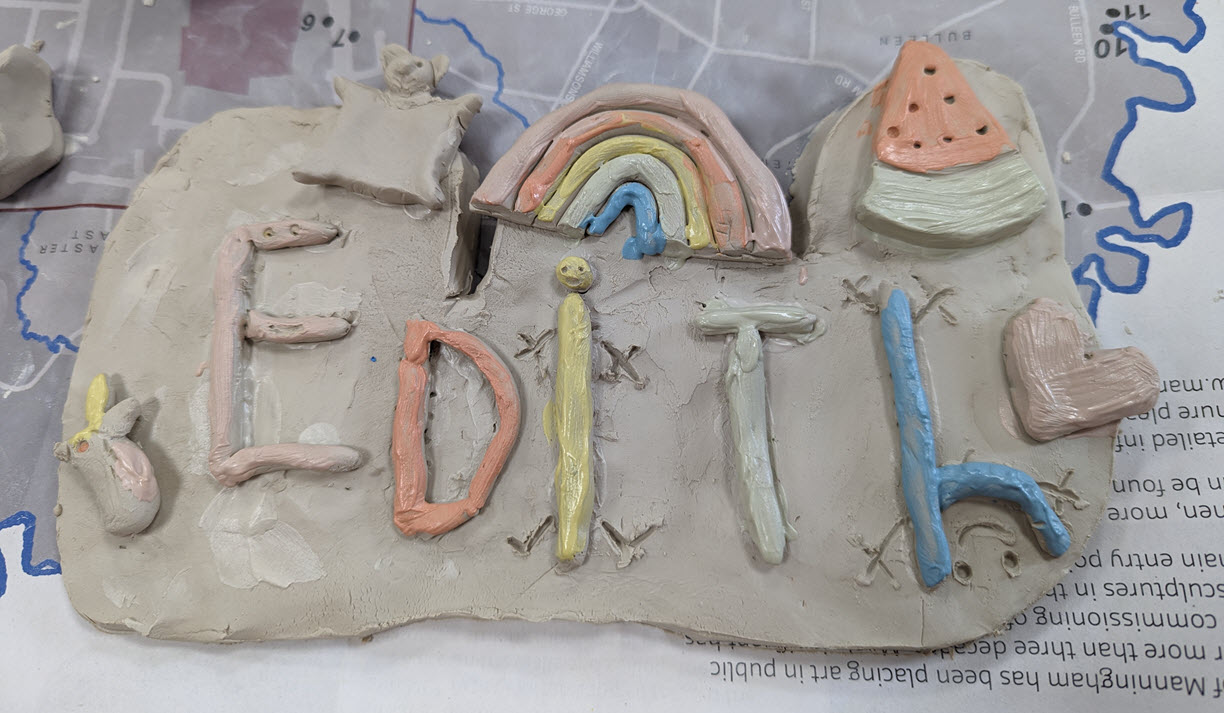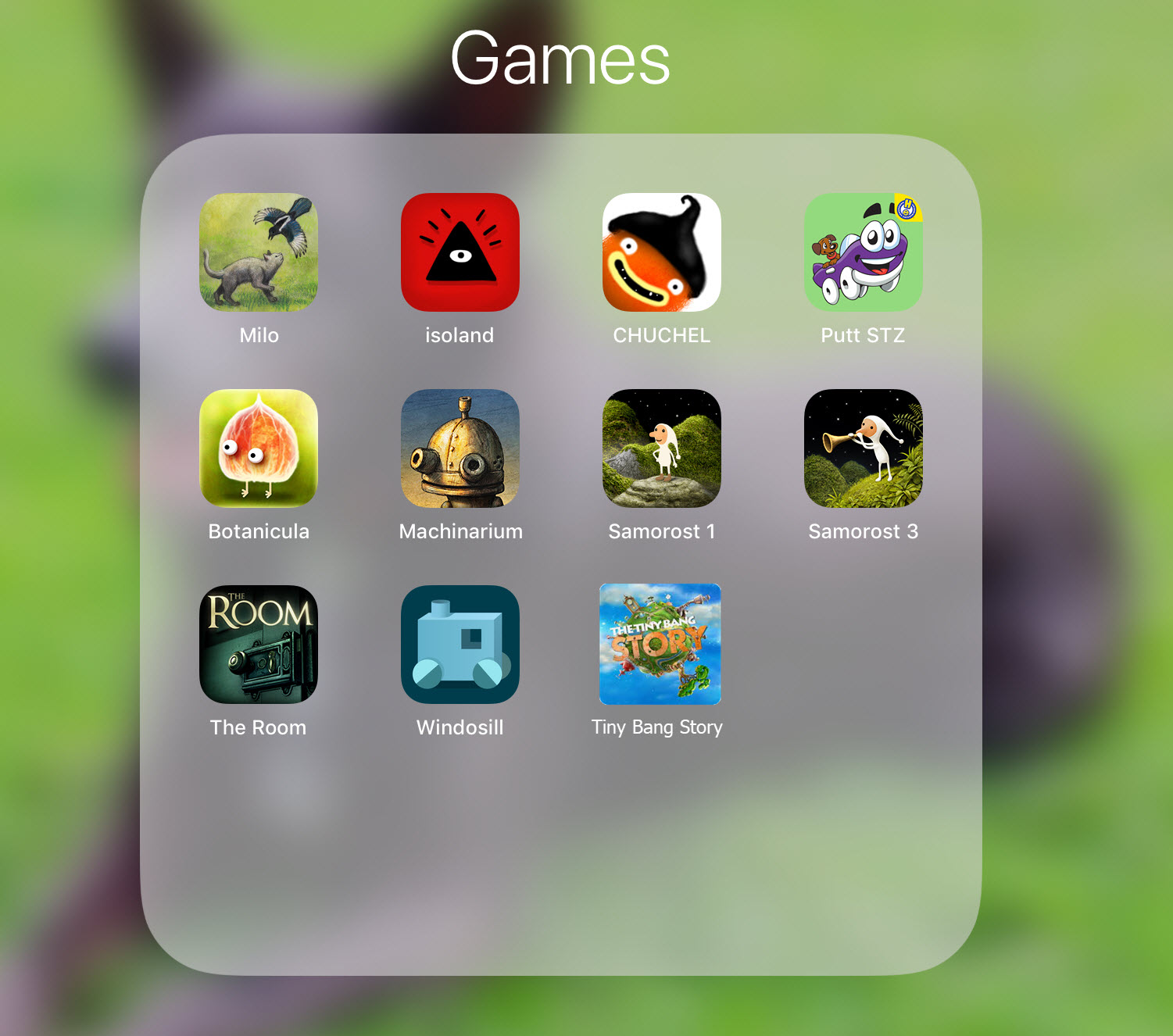When you sit down to write, how do you ease the transition from everyday activities to the more creative? You may have rituals that you find non-negotiable: Cup of tea. Headphones on. Do not disturb. These hint at an unconscious recognition of needing to step from the outer world to the inner. If you don’t have any such rituals, and sometimes struggle to “get into the zone,” let me introduce you to a simple practice called attuning. But first, a short story to set the scene…
Creativity on demand
Last week my 6-year-old daughter and I went to a creative workshop called “clay play.” Two hours of art together for a couple of clay novices — what fun! Would there be a wheel? How messy would it get? Would it be air-dry clay? What would we make?
Confident and excited, we arrived at the art studio and met our besmocked teachers, Roz and Lauren, who were formidably enthusiastic. We chose a place at the long table, set with sheets of newspaper and thick fat rectangles of latte-colored clay. The whole setup was foreign and exciting. We sat amidst the inevitable clamor of parents and kids arriving, putting on aprons, and finding their seats. In the hubbub, Roz and Lauren announced that we were going to make a nameplate and decorate it with our favorite things.
The rest of the folks around the table quickly got stuck into the clay, but to my surprise, my daughter became suddenly withdrawn. She was tentative, on the verge of tears and I could see she was filled with self-doubt. I was mystified as to why, but I could tell she was most definitely not in the zone for art right now. My practical side took over (I didn’t want to cut and run on this class I’d already paid for), so I tried to help her through her creative roadblock by tracing her name on the clay, rolling snakes, and passing her tools. We fashioned a nameplate, washed up, and finished the class early. For my normally wonderfully expressive daughter, I was sad that her creative side didn’t come to the fore for this class.
Naturally reflective, I got to thinking, “Could we have done something differently at the outset to foster a better outcome?” It is hard to be creative on demand. Roz and Lauren set up the physical space for clay play, but we also needed the metaphysical space for creativity.
Tune in to tap into creativity
In “The Artist’s Way,” Julia Cameron talks about the importance of having a safe place to play. She says, “Remember your artist is a creative child. It sulks, throws tantrums, holds grudges, harbors irrational fears. Like most children, it is afraid of the dark, the bogeyman, and any adventure that isn’t safely scary. As your artist’s parent, guardian, and companion, it falls to you to convince your artist it is safe to come out and play.” Edie didn’t get into clay play because she wasn’t feelin’ it. It took a literal child to remind me of the importance of establishing a safe space to create.
Establishing a safe space refers to the act of centering and settling yourself before attempting something creative. It is quite a common practice, and people call it by different names — but my personal favorite is attuning.
How to attune
- Take three slow, deep breaths. Inhale through your nose, hold it for a beat, then exhale through your mouth.
- Do a brief body scan. Notice how your body feels without judgment.
- Spend a minute or two being mindful, meditating on your intentions for the creative session.
Ideally, you’ll be sitting comfortably, maybe with your eyes closed. There’s no right or wrong way, and even if you only do the first step, you’re still setting yourself up for success.
The benefits of attuning
It sounds simple (and it is!), which is why it’s easy to skip — but it packs a powerful punch. Attunement is about bringing your inner and outer worlds into alignment. This gives you more energy, focus, clarity, and access to your intuition — all needed for creativity.
I learned about attuning at Heart Art. Ann, the teacher there, explained to me why attuning is so beneficial.
“Taking the time to center and settle before attempting something creative is very helpful for participants and the teacher, especially if there is big contrast in the transition — driving in busy traffic, listening to the news on the radio, doing the shopping, even having a long deep conversation with someone about their life — abutting an activity that requires inner reflection and feeling, for example, here is a piece of clay; what would you like to make with it?”
A potent tool for creative practice
The act of attuning needn’t be complex. Something simple like focusing on the breath going in and out, a quietening, a noticing of your body in space, and a setting of intention, can help that transition from head to heart and steward the flow into a creative activity.
So simple and yet so powerful. I will definitely take time to do this next time my daughter and I sit down to do anything creative — drawing, Play-doh, finger painting, Lego, or indeed, clay play.




